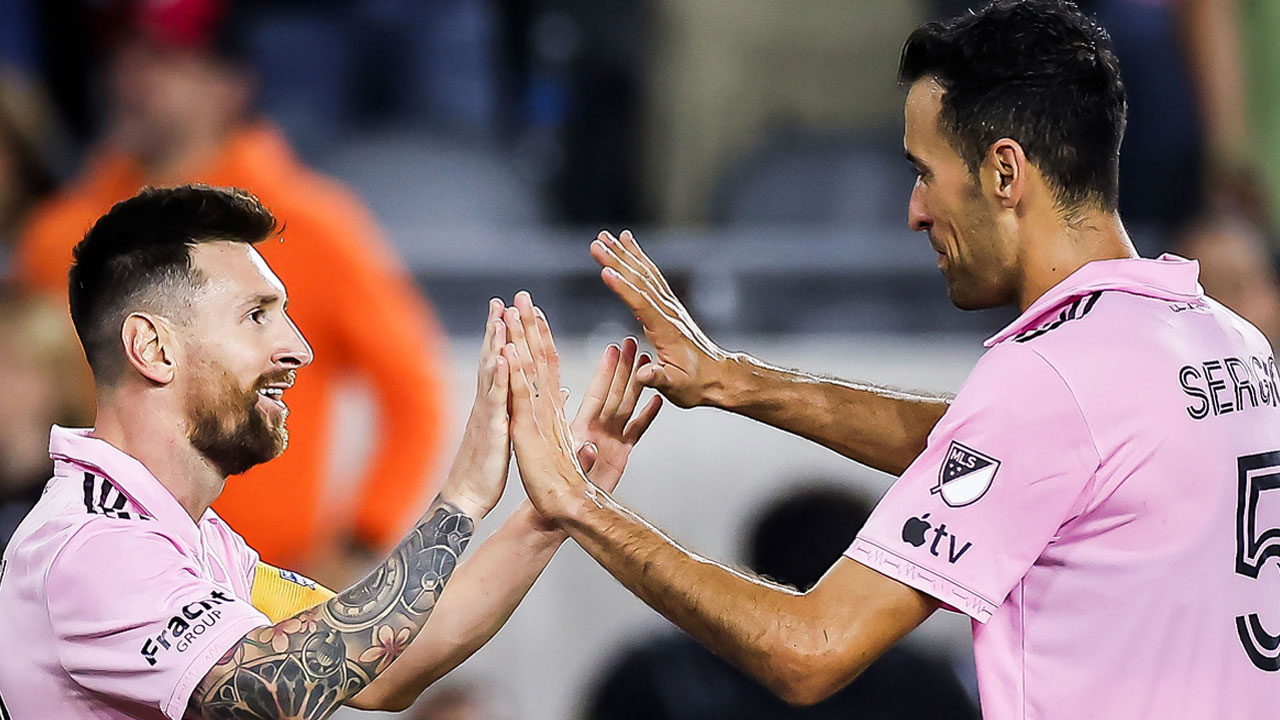What is cricket? Cricket is a bat and ball game played by two teams of 11 players each on a field with a 22-yard rectangular pitch in the center. The game is played by 120 million players worldwide, making it the second most popular sport in the world. The goal of the game is to score more runs than your opponents.

Basic jargon
- A batsman is a person who bats. Attempting to hit the ball while out of sight.
- A bowler is a person who bowls in an attempt to bowl the batsman.
- A fielder is a person who tries to catch the ball without jumping up to release the batsman and also to return the ball as quickly as possible to stop the batsman from scoring runs.
- Run – when a batsman completes a run from one crease to another without knocking down the stumps by the fielders.
- Wickets/Stumps – 3 vertical stumps supporting 2 smaller horizontal stumps.
- The crease – the bowler cannot deliver the ball beyond the crease. The batman must be inside the batting crease before the fielder knocks out his stump.
- The wicketkeeper (one of the fielders) is located directly behind the wicket.
- Leg LBW before a wicket is when the batsman prevents the ball from hitting the wicket with his leg. Referee – 2 referees govern the match referee. One is behind the wicket at the bowling end and the other is at square leg.
- Square leg – 15-20 meters outside the striking batsman.
- Run out – when the batsman is outside the wicket he has, outside his crease, when the fielding team removes the stump/s
- Over – 6 plates in a row from the pot.
What the game looks like
The goal is for the fielding team to bowl out a total of 10 batsmen and then, when it is their turn to bat, score more runs in their innings.
The batsman is out of the game if at least one badge is knocked out by the ball or if the batsman does so with his bat or part of his clothing or body. If a fielder catches the ball from the batsman or his bat without any bounce. If the batsman prevents the ball from hitting the wicket with his foot, the LBW foot in front of the wicket or the runout, if the batsman fails to get inside the batting crease before the fielder removes the bars.
The batsmen stand at opposite wickets, the batsman who receives the ball from the bowler is the hitting batsman, and the other is known as the non-striking batsman. Batsmen are allowed to step out of their crease, albeit at some risk, as the wicket-keeper (one of the fielding team) is positioned directly behind the wicket.
A brief dictionary of cricket terms
A farm shot is a forceful stroke over the line (resembling a sweeping action) executed with little skill or footwork, particularly one that causes damage to the batting pitch. The ball may hit the cow’s corner.
Air or feeding using a revolving pot at a higher trajectory than typical, frequently in phases, as in “give it some air”. The term “flight” is nearly synonymous. It can be mixed with topspin or backspin to trick the batter into thinking the delivery is longer, or with off-spin or leg spin to allow the ball to drift more freely.
An all-rounder is traditionally, a player who can bat and bowl. Some modern sources classify wicket-keeper/batsman as another sort of all-rounder, although this is not widespread.
An anchor is a batsman who remains in the game for an extended period, with a high-scoring average. Batting often while avoiding hazardous shots. A less protective and more flexible variant of the blocker. If other batters falter, top-order or middle-order batsmen can step in as anchors.




